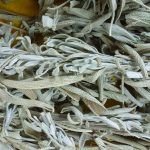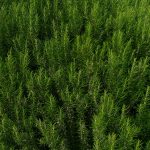Drying wild sage leaves and flowers and foraging them in the fields is something which I regularly do in the springs. I collect as much as I can leaves and flowers of this lovely and aromatic herb and later on when dried, I use the dry flowers and leaves for cooking and making tea. Here is a photo of wild sage plant flowering in the mid-spring:
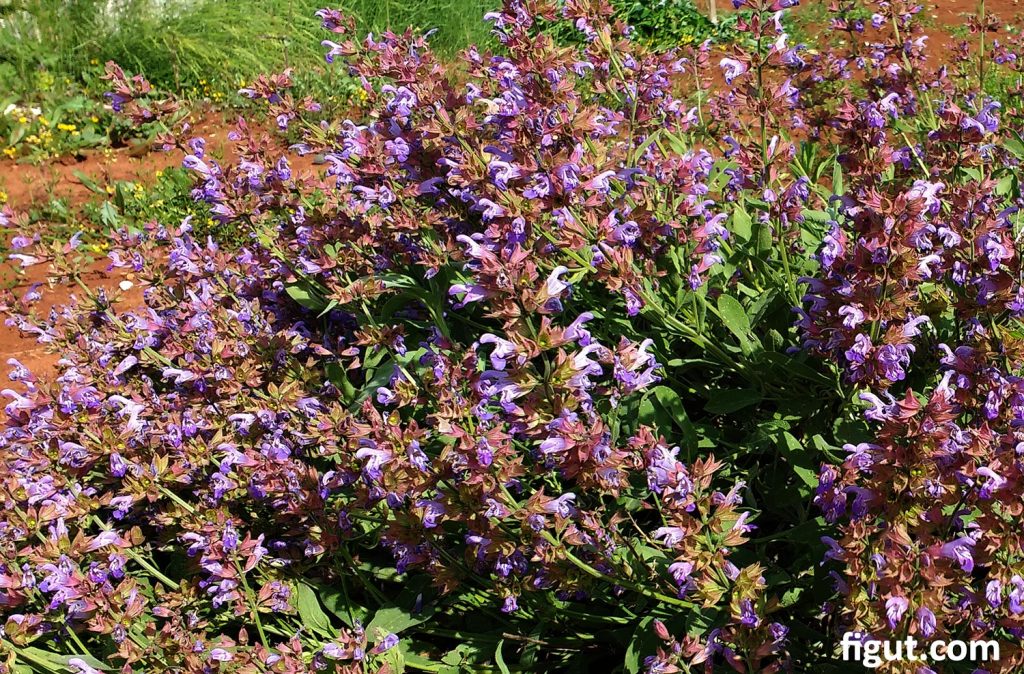
Table of Contents
How to dry sage leaves and flowers at home
As soon as I arrive home from the field, I start with separating flowers from the branches and from the leaves. First I remove all flowers and put them in the bowl or tray and then as a second step I remove all leaves from the branches and put them in another tray.
This is how the flowers look in the small bowl, removed from the sage branches:
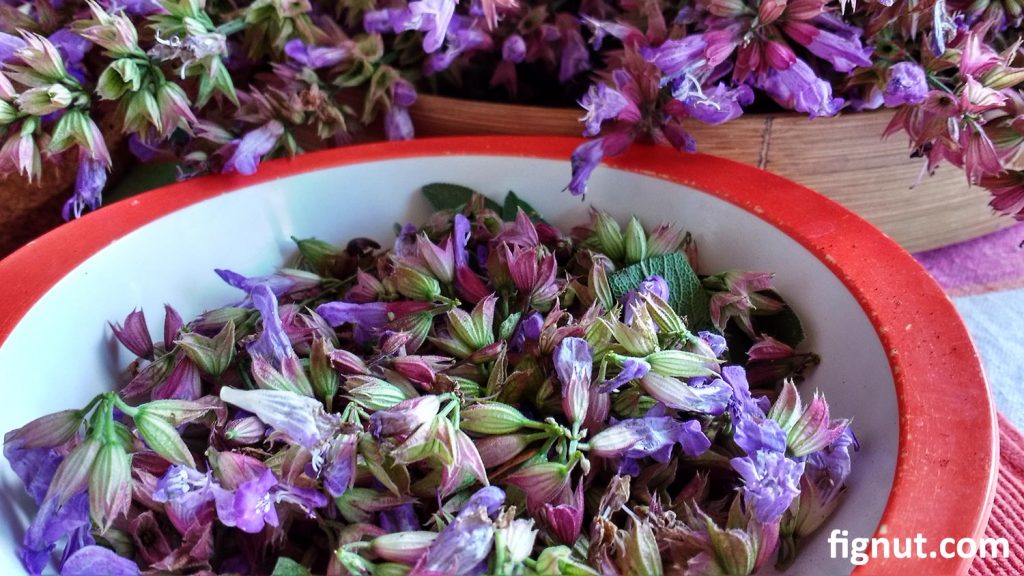
Here are the sage leaves that I left in another tray to dry:
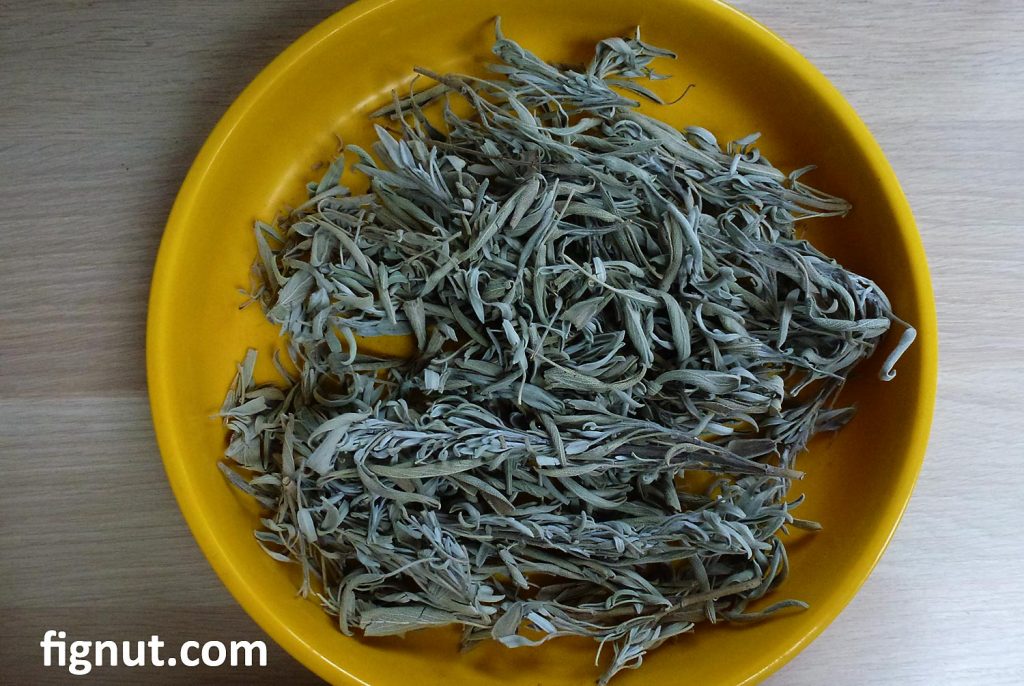
Drying Sage Flowers

Depending on how much sage flowers I have, I choose the size of the drying tray. Once the flowers are ready, place the tray in the dry and cooler corner of the room or somewhere outside, on the balcony or terrace. Try not to place it in the direct sun as flowers will quickly lose their colors if placed on the sun for an extended period.
Twice a day mix the flowers with your hands, making sure that flowers that were on the bottom of the pile come the following day to the top of the pile. If you keep doing this every day, the flowers will evenly dry, and by doing this you will prevent the formation of any mold at the bottom of the pile.
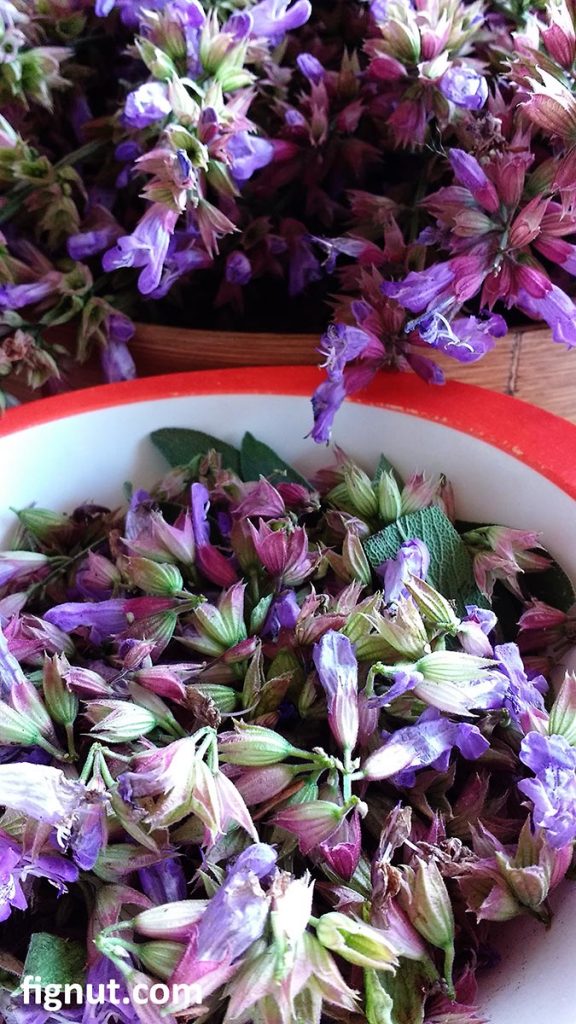
How do you dry fresh sage quickly?
The quickest way to dry fresh sage is to dry it in the oven. I tried it on a couple of occasions but I was not completely happy with the results. Although I experimented with both lower and higher heath and for shorter and bit longer periods, the flowers, as well as leaves, were always too dry and they lose some of their scent and aroma. That is why I don’t practice it anymore. Instead, I prefer to leave it to dry on the wide tray for 5-6 days or even longer as it gives me much better results. Also, I see no reason to hurry up with the process as sage is a pretty resilient plant and if you put your drying tray in a cool and shady place, the leaves and flowers will dry nicely and will retain their aroma and color.
Where to store dry sage?
After drying the best option to store the dried sage is to store it in an airtight container. That is what I do with the sage leaves and flowers which I use for cooking. For dried flowers, I store them in another airtight container or in the shallow bowl and leave them somewhere in the room to scent the room… Read more

Can you hang sage to dry?
Yes, you can. Sage is easy to air dry by hang drying. If you want to dry it quicker, sage is also easy to dry in a food dehydrator or oven but as I said above, the results are not as good. See below photos how to prepare sage flower bouquet for air drying:

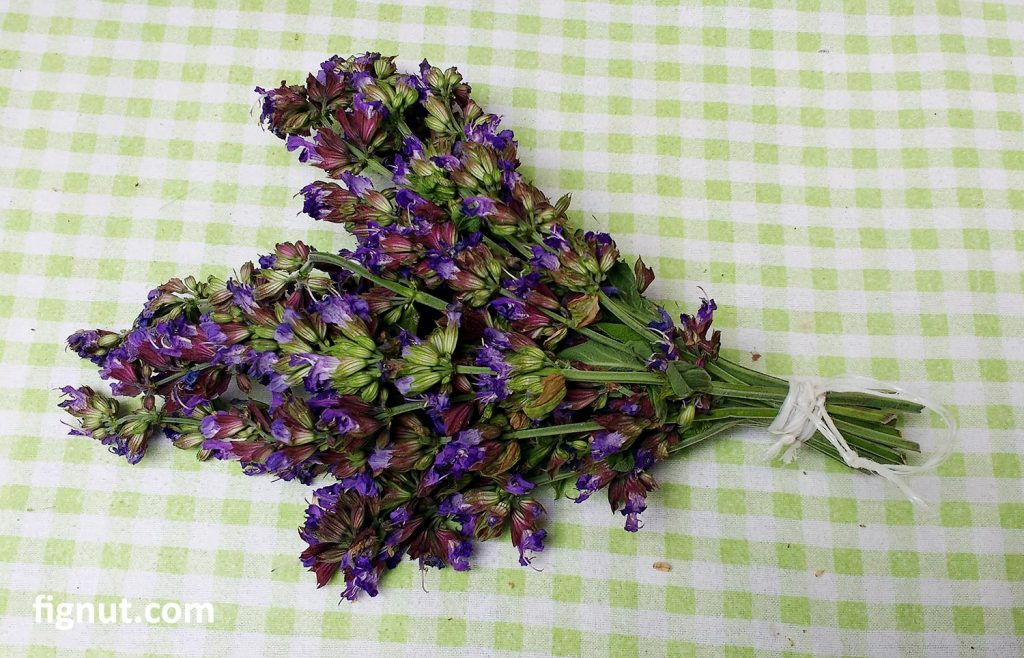

It takes about 7 to 10 days for sage flowers to air dry by hang drying. Keep it in the shady spot of your house and allow plenty of cool air to circulate. Hide it away from the sun and high temperatures. Avoid hanging it in the kitchen where humidity is higher than in the rest of the house. I achieved the best results by hanging drying sage flowers in the darker corner of the corridor.
Video
Here is a short video clip of me preparing sage flowers to air dry. I hang them in my drafty corridor – have a look:
What can you do with fresh or dry sage leaves?
You can use it in cooking or for herbal tea. Roast chicken is one of the dishes that are great for adding some dried or fresh sage leaves. Sage infusion is very efficient to keep your gums healthy and strong as it is rich the anti-inflammatory herb. Gargling sage infusion also helps with a sore throat as it decreases inflammation. Generally, it is considered very good for oral hygiene. My granny always used it in the winter as a mouth wash.

Check also my posts about how to dry immortelle, dry figs, apricots and drying lavender

